While you don’t have to be a social media personality to have a successful nutrition business, having a website is critical. Many dietitians have found that — when used strategically — their website can be an effective nutrition marketing tool for their brand. This online presence can help establish you as a reliable leader in your niche and help deliver tangible results. So, how do you create a nutrition website that works for you?
We spoke with Accredited Practising Dietitian, That Clean Life Ambassador, and business and website expert Brianna Fear-Keen about her essential steps to establishing a successful nutrition website. She explains the importance of creating a professional and engaging aesthetic, telling your story, and demonstrating what it’s like to work with you. In this article, we’re diving into what Brianna had to say, so you can structure your website effectively and convert your website audience into paying clientele.

Pages Your Nutrition Business Website Must Have
Whether you’re ready to create a business website or have one that needs to be refreshed, Brianna recommends several key pages to include to help establish and elevate your brand.
About Me Page
When people visit your website, they need a good understanding of who you are, without having to dig too much. Brianna says that while a Home page summarizes your website and serves as a navigation tool, an About Me page helps people find out what makes you qualified to help them.
Here, you can also detail your brand story, highlighting how your personal experiences brought you to where you are today and how that relates to the work you do with your happy clients. It’s an opportunity to showcase your qualifications, niche, and credentials.
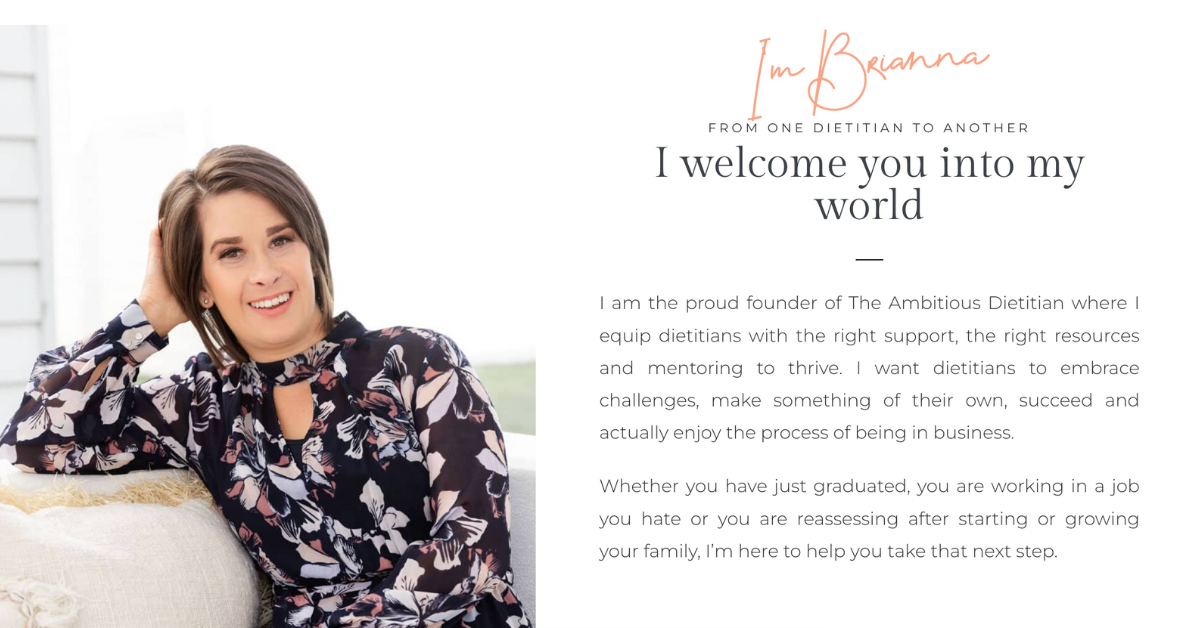
Sales Page
You’re going to formulate a Sales page, but call it your Services page. After all, the place where you’re highlighting the services or programs you offer is where you’re going to persuade visitors to become paying customers.
Brianna says one of the key features of a Sales page is honing in on client pain points. These are specific challenges, problems, or issues that clients commonly experience. Identifying and understanding these pain points is crucial for your business, as it helps you tailor your products or services to better meet their needs. For instance, your clients may be coming to your website because they’re struggling with PCOS but are unable to find someone relatable who can guide them through effective lifestyle adjustments.
Once you cover the pain point(s) of your potential clients, you can detail the problem you solve, how you solve it, and your offer.
"This might include pricing, payment, and guarantee information. You can list features of your offer, such as curriculum, time-limited bonuses, testimonials or case studies from people who have worked with you previously, and repeated calls to action about booking a discovery call or applying for your program. Depending on your call to action and enrollment and booking process, it can be useful to integrate your online appointment schedule into the Sales page on your website."
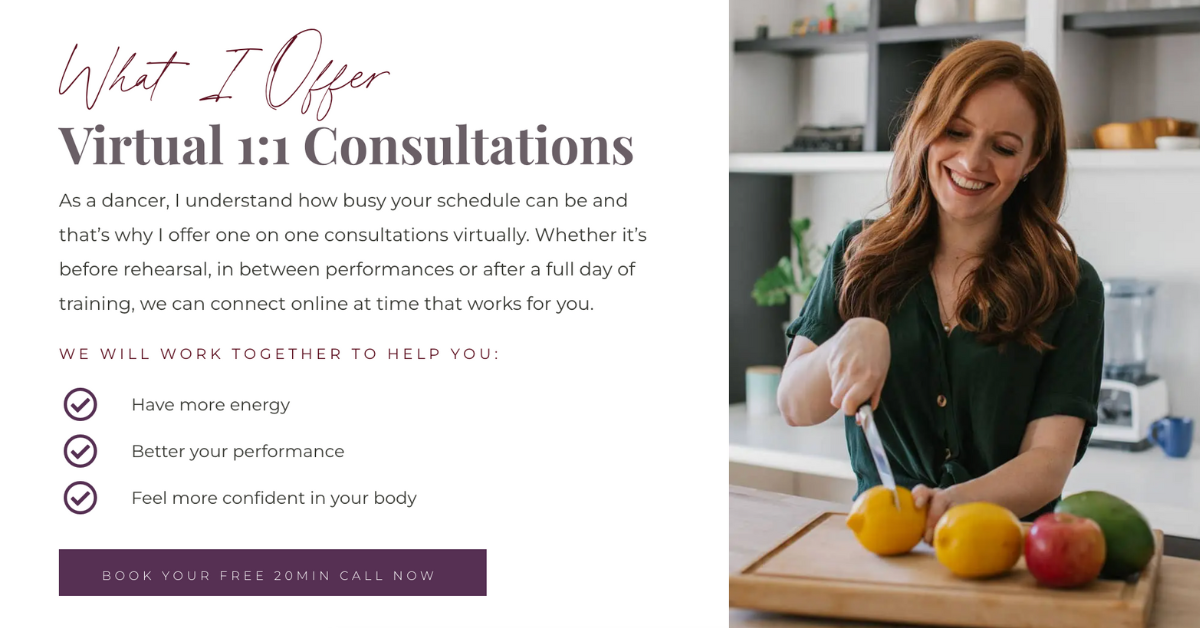
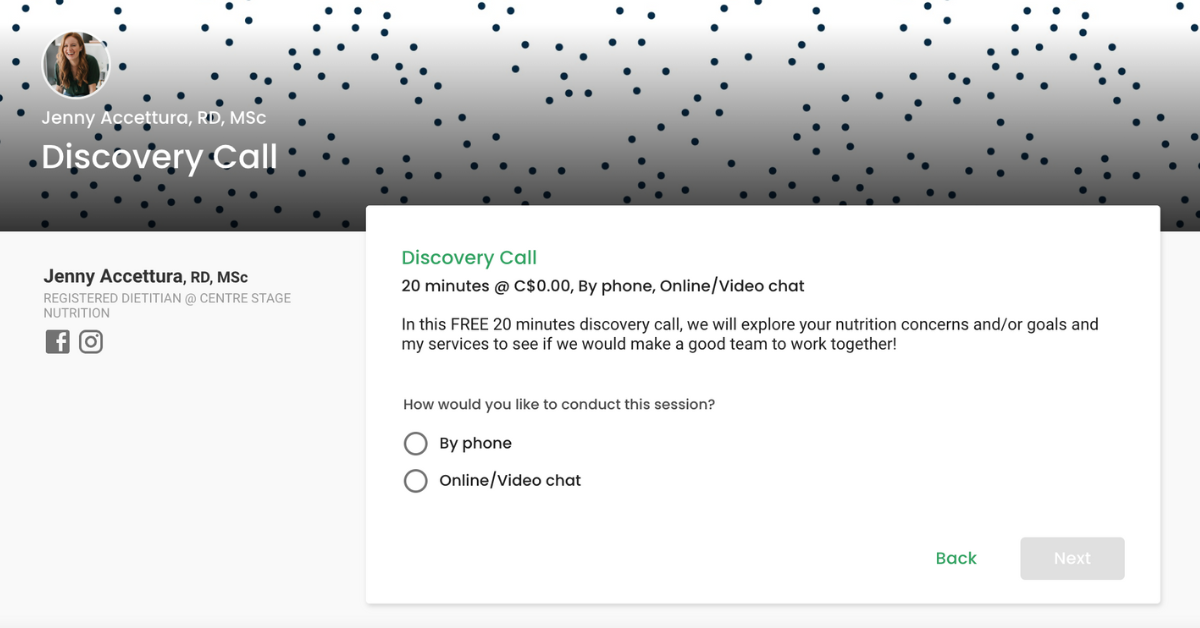
Brianna also recommends selling digital products on your website if you’re able.
“Digital products like meal plans, recipe books, and templates or planners can be beneficial for a number of reasons.”
They can provide passive income, meaning that people can purchase them any time they visit your website, without you having to actively sell them. They can also require email opt-ins to help you build your email list.
“People who have purchased from you once before, even if they only spent $1, are 10 times more likely to purchase from you again. We can therefore use those low-cost, digital products, to build a like, know, trust relationship with those clients and funnel them into higher ticket offers."
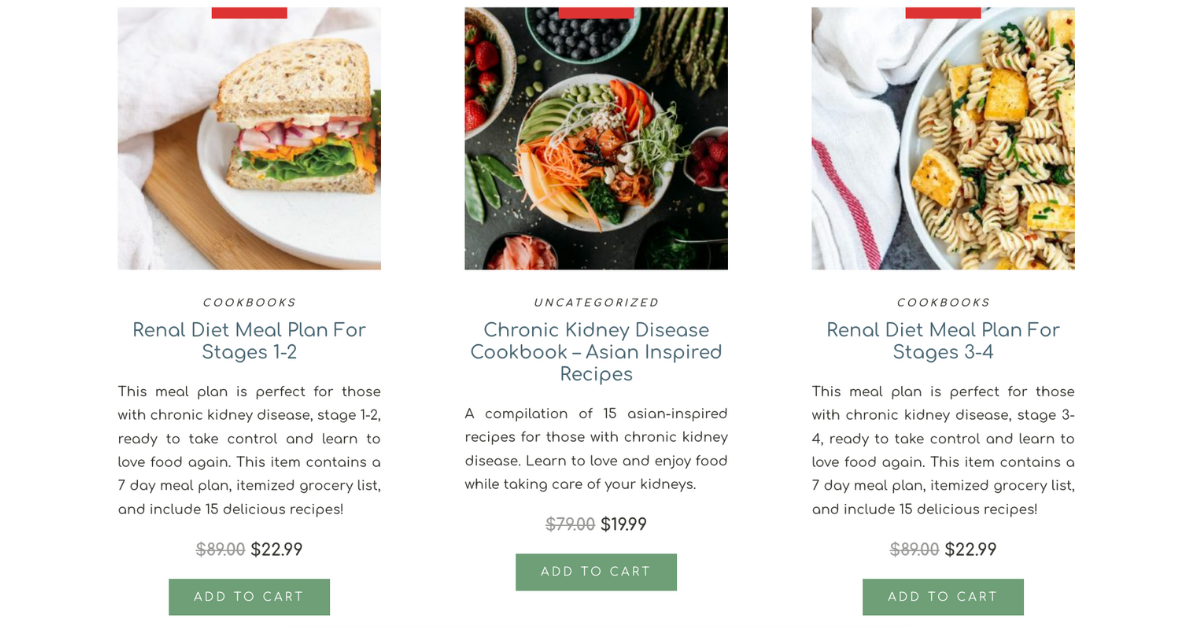
If you want to offer meal planning services, check out how That Clean Life can help you get the most out of these for your clients. Plus, use That Clean Life to help you create attractive lead magnets and add a 'Shop' section of your Sales page to highlight things like digital downloads.
Free Value or Call-to-Action (CTA)
Many website visitors are looking for freebies before they purchase from you. That’s why it’s important to include something of value for free with a call to action.
“It is very hard to grow your email list without an exchange of value. Often this is in the form of a lead magnet, so we need to have our website set up so that people can add in their first name, surname, and email address as a minimum, which will automatically trigger a sequence in your email marketing provider.”

Brianna says you could put this on your website in several different places, noting, “I have found that pop-ups on websites get far fewer subscribers compared to stand-alone opt-in pages.” Wherever you put your opt-in, Brianna also recommends adding it to your Home page. This is because your Home page is usually one of the highest-traffic pages and the first point of contact for most visitors.
Alternatively, you could use your opt-in as a banner across all site pages.
“I also like to include [an opt-in] as part of blog posts, because readers who have consumed your content may be more inclined to subscribe if they have found your content valuable.”
Finally, consider how you can use public forms to streamline your process. From that, you include purposeful questions that provide just enough information to help you determine whether a Discovery Call is needed with an applicant.
Testimonials Page
Testimonials serve as social proof for others that you’ve helped people before and have a portfolio of happy clients. Think about how you might read the online reviews on a pair of jeans before you purchase them to make sure they’re a good choice.
Brianna believes testimonials are very important for your website, and some key factors should be included to make them effective.
“In terms of hierarchy, a written testimonial with just a written name has the lowest amount of authority. A testimonial with a photo and name beside is slightly more, but the gold is in a video testimony if you can get one.”
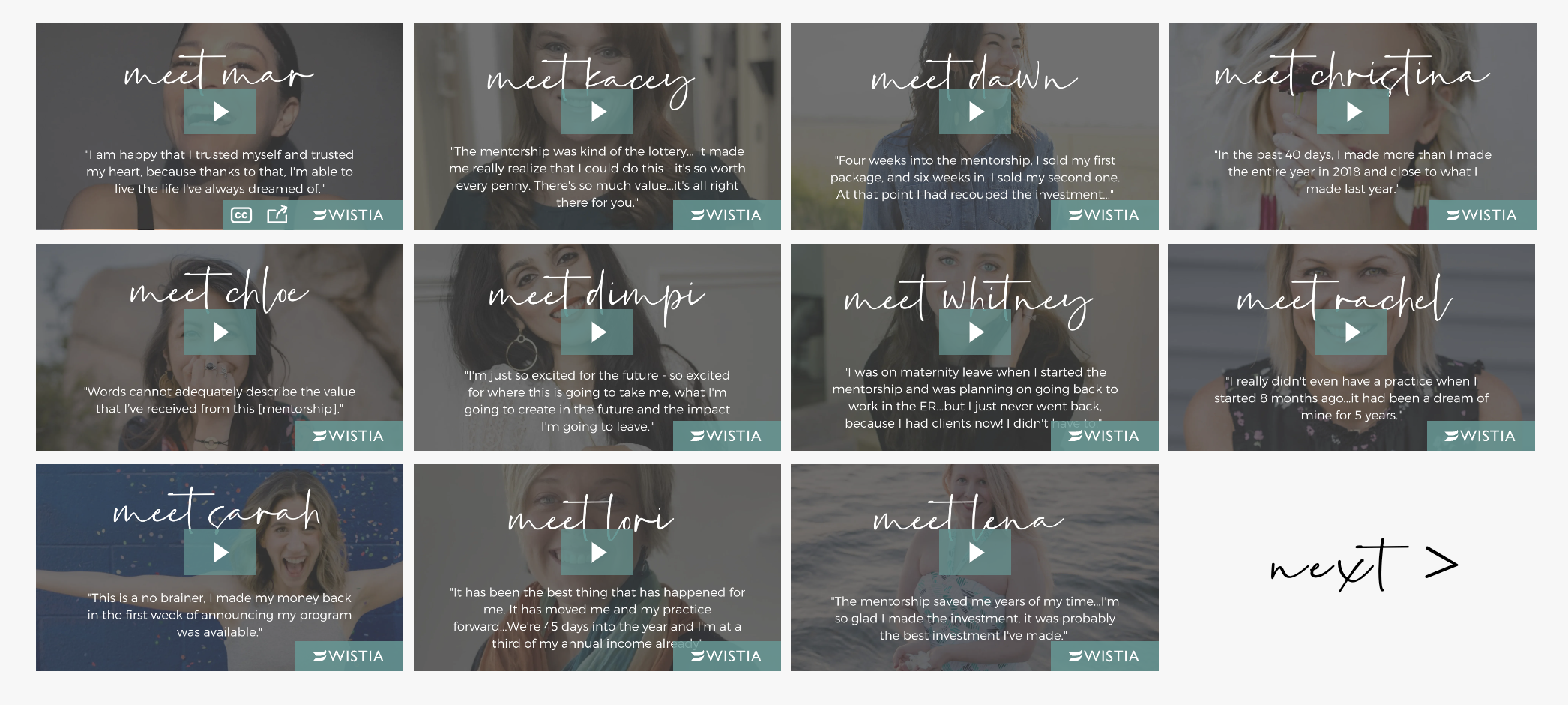
Additionally, while testimonials about you as a person are nice, she encourages getting some that solidify your ability to help people achieve transformations.
As for placement, Brianna recommends including testimonials in your copy as evidence for what you have said you can do rather than having a designated testimonial page.
“If you say you can help patients improve their gut health symptoms… and then you have a past client who has provided a testimonial that says working with you helped them… it kind of solidifies what you have said.”
She recommends sprinkling testimonials like these throughout your Home page and Services page where it matters most.
Contact Page
Contact information should be easy to find on every website. Brianna notes that you should include different options for contacting you.
For example, you might have your social media handles, an email address, and a contact form. You can even include a Practice Better widget on your site that people can click to easily book a discovery call with you. Getting in touch with you should be easy and convenient, and your clients should have a few options to choose from when deciding which they’re most comfortable with using.
How to Convert Website Visitors into Paying Clients
Now for the biggest question: how do you convert the eyes visiting your website into paying clients for your business? Brianna had a few suggestions for us:
- Make your website user-friendly: Nobody wants to stick around on a website that’s clunky or difficult to see or navigate. Make sure your nutrition website is organized and optimized for mobile usage.
- Have a clear CTA: Know exactly what you want your client to do from visiting your website and carry that through the whole thing. Keep it simple and not confusing or contradictory.
- Know your mission: Communicate what you do and who you do it for on your website. This includes the results clients can expect to achieve when working with you.
- Invest in professional photos: We, as dietitians, usually come from a compassionate background. When you have a website full of stock photos, it’s really hard for visitors to connect with you.
- Optimize it: If you can, get some SEO (search engine optimization) done on your website. This helps improve visibility and traffic.
Create a Business Website that Works for You
Your website will be the first interaction many of your future clients have with you and your business. That’s why it’s so important to build it in a way that showcases your reliability, speaks to your audience’s pain points, and converts them from visitors to paying clients. Using the tips Brianna provided above, consider how to build or refresh your nutrition website to serve your people best.
Ready to add more delicious value to your website? Take a demo to see how That Clean Life can help you create beautiful nutrition plans for your clients.

Brianna Fear-Keen is the proud founder of The Ambitious Dietitian, where she equips dietitians with the right support, resources, and mentoring to thrive. Brianna wants dietitians to embrace challenges, make something of their own, succeed, and enjoy the process of being in business.

